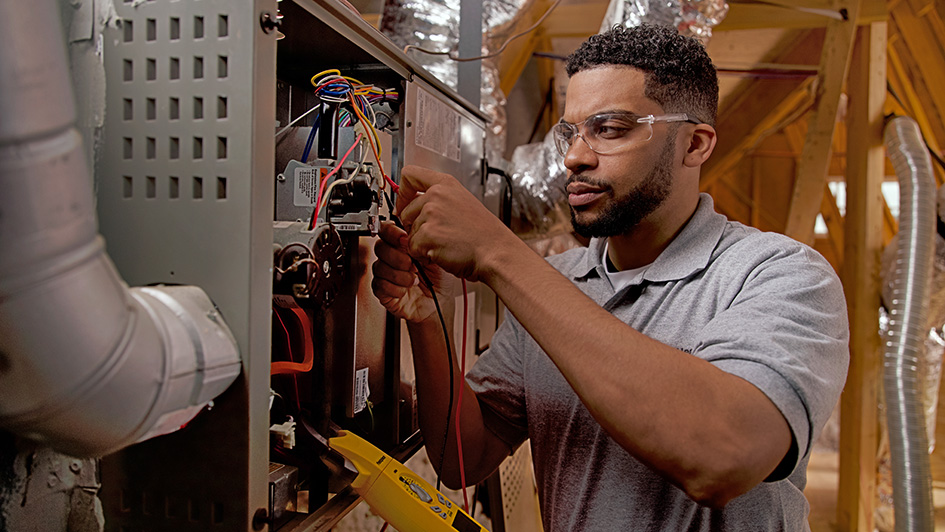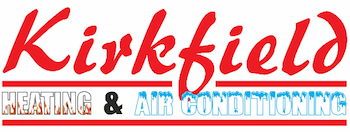
A furnace is often a background player in your home, keeping you warm in the cold winter months. It frequently won't be noticed until a malfunction appears.
One root cause might be that your furnace has a cracked heat exchanger. It can potentially be hazardous, so it’s important to learn the symptoms of a cracked heat exchanger and what you can do if you believe that might be the problem.
What Is a Heat Exchanger in a Furnace?
A heat exchanger helps move heat from the combustion chamber of your furnace to the air that moves inside the system. It typically does this through coils or tubes that warm the air while functioning as a barrier to keep the gasses created in the combustion chamber, called flue gasses, from leaking out into your home.
Is a Cracked Heat Exchanger Dangerous?
Thanks to its important role, it isn't surprising that a broken heat exchanger can be hazardous. A damaged heat exchanger can allow dangerous gasses – including carbon monoxide, which can be lethal – to be distributed throughout your home.
For that reason, do NOT turn on your furnace if you believe you're dealing with a cracked heat exchanger, as doing so could make the whole household sick. Reach out to an HVAC professional as soon as possible if you believe your heating has a cracked heat exchanger that needs to be repaired.
Four Warning Signs of a Cracked Heat Exchanger:
- Furnace turns off: A cracked heat exchanger can cause your furnace to switch off.
- Unusual Smells: If the air coming out of your furnace has an intense chemical odor, it might be a sign gasses are slipping through cracks in your heat exchanger. These byproducts, which will often smell like formaldehyde, are a common warning sign.
- Carbon monoxide alarm initiates or you notice health problems: If a cracked heat exchanger is releasing carbon monoxide inside your home, your carbon monoxide alarm may go off or family members could experience signs of carbon monoxide poisoning. Symptoms include headaches, dizziness, weakness, nausea, vomiting or feeling tired. If the alarm goes off or you feel unusually tired, leave the home right away and then call for help.
- Soot: If you spot black sooty collecting on the exterior of your furnace, it’s more evidence something might be seriously wrong.
What You Can Do if the Furnace Heat Exchanger is Cracked
If you believe your furnace has a cracked heat exchanger, hire a professional well versed in furnace installation Winnipeg right away so they can inspect your system and, if needed, handle a furnace heat exchanger replacement. Costs should differ depending on the situation, but estimates run in the neighborhood of $1,000 to $3,000.
Fortunately, the good news is that heat exchangers are regularly covered by the warranty. You should confirm the warranty paperwork on your furnace, since while the warranty won't always cover the entire cost of repairs, it could significantly shrink your bill.
How to Avoid a Cracked Heat Exchanger in Your Home
One of the most convenient ways to prevent a problem in your furnace overall is via regular furnace maintenance. Furnaces provide the best possible return on investment when they run efficiently. Contacting a skilled professional to check your furnace for worn-out parts, clogged filters and other potential problems can help you avoid getting a big bill later on.
It’s also beneficial to review your furnace filters every few months – it’s ideal some filters be replaced every 90 days or sooner if they are dirty or grimy. While the filters aren't connected to the heat exchanger itself, the strain of dragging air through a clogged filter makes the entire furnace work more vigorously to do its job. And the harder your furnace has to work, the more wear and tear pieces like the heat exchanger will experience.




